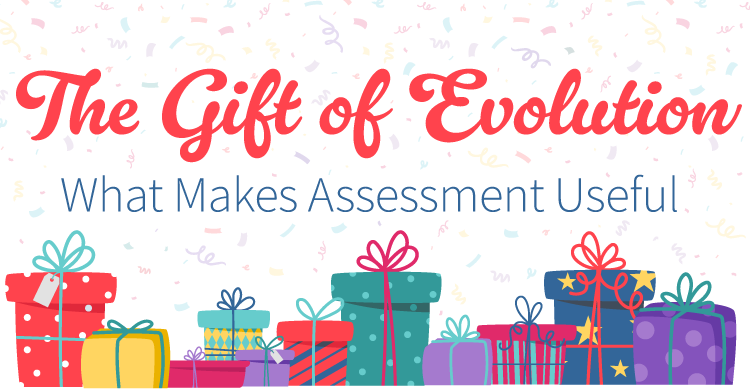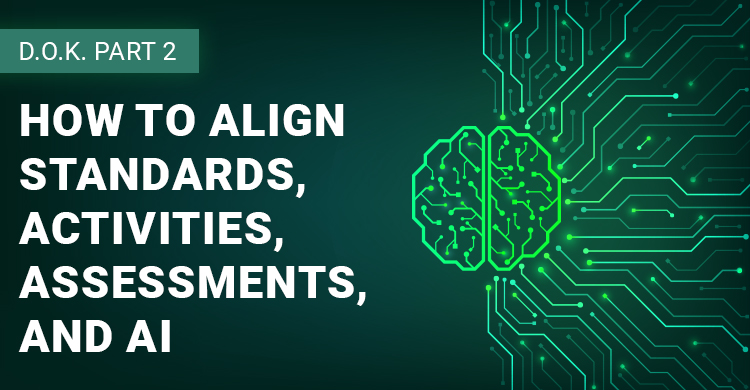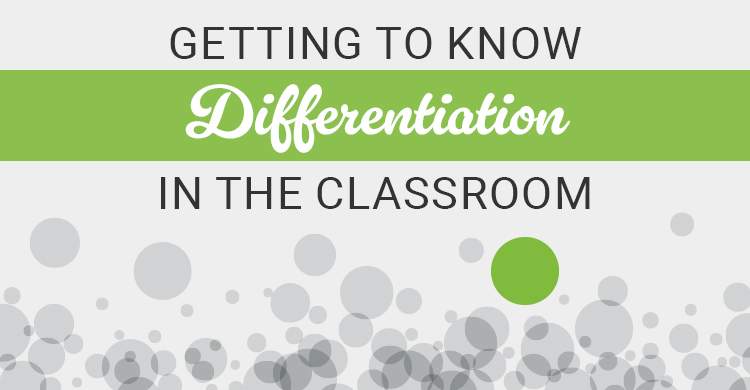Simply put, when chef tastes the soup it’s formative assessment.
When the customer tastes the soup it’s summative assessment.
—Dylan Wiliam, 2001
It’s an experience we have all experienced in some form or another. The chef is tasting the soup in its formative stage and based on his appraisal, he may sprinkle in some flavoring, reduce the temperature, add some thickening, or he may set the soup on the back of the stove with the satisfaction that it is just right and ready to serve. However, when the chef serves the soup to the customer, the final judgment, the summative stage, is made as the customer finishes the soup with a smile and remarks about how good the soup is or sets the partially-eaten soup aside, commenting on the flavor or temperature or her own peculiar preferences. Either way, the chef is aware and concerned with the outcome.
Harkening back to Richard DuFour’s (2006) quintessential questions about what we want students to know, how we know when they know it, and what we do if they do or don’t know it, the formative assessment question is particularly ambiguous. How we know what students know depends on continual and informed assessment as students are planning and working. These kinds of evaluations, formative by nature, occur on the fly, as students work to prepare the final submittal.
A parallel experience occurs in the classroom, as the teachers evaluates student behavior and progress before, during, and after the lesson at hand. He may assess formatively as the students are in the process of solving problems in math, conducting an experiment in the biology lab, or writing an informative essay in American History. This requires monitoring, conversation, sampling student responses and explanations, and generally keeping an eye on students as they work to check for understanding and to coach them in specific skills when confusion or misdirection is indicated.
In the case of formative assessment—the classroom assessment Rick Stiggins (2001) describes as assessment for learning—the twist on the word formative to informative may serve teachers well. The frequent checking for understanding, continuous monitoring of student progress, and the opportunities to coach individual students along the way, has a clear and significant purpose in the teaching and learning process. The goal of formative assessment is TO INFORM—to inform teacher’s instructional practice in ways that benefit and inform student understanding and mastery of concepts, skills, attitudes, and dispositions.
In Informative Assessment: When It’s Not about the Grade, Robin Fogarty and Gene Kerns (2009) advocate three levels of formative assessments that delineate this process of ongoing assessments on the classroom. The first category is Routine Informative Assessments, assessments that happen every day in every way. Simple examples include the questions students ask or student responses to questions teachers ask. Both of these highly-regular classroom interactions reveal much about student learning to savvy teachers.
In the second category, Reflective Informative Assessments, the teacher often orchestrates a more direct activity that requires students to think about what they are doing and how it is going. This might be done with polleverywhere.com to get an anonymous reading of the class progress on a particular concept, or it could be personal reflections using a lead in such as, “On a scale of 1-10, where are you on this?”
Finally, in the third category, Rigorous Informative Assessments, the teacher performs ongoing assessments that inform instruction practices, but these assessments are more involved, more rigorous, if you will. These are assessments that might include analyzing test questions to draw conclusions about student understanding of specific items, or possibly re-evaluating the grading system to shift to a model that is more student-friendly and less punitive in nature.
In closing, the focus on formative assessments is integral to the instructional scene. Instruction, when done effectively, is also assessment, and assessment, when orchestrated properly, is instruction. Instruction is assessment! Assessment is instruction.
In essence, informative assessment informs students and teachers at stages when learning can be monitored and coached effectively. But, just as that chef can respond to input from the customer, the teacher can respond to indicators from summative assessments that also inform the student and the teacher in the long run.
References
Black, P. & D. Wiliam. (2001) Inside the Black Box. London: King’s College Books.
DuFour, R. & R. DuFour. (2006) Learn by Doing: A Handbook for Professional Learning Communities. Bloomington, IN: Solution Tree Press.
Fogarty, R. & Kerns, G. (2009) Informative Assessment: When It’s Not about a Grade. Thousands, Oaks, CA: Corwin.
Stiggins, R. (2001). Assessment for Learning. Thousand Oaks, CA: Corwin
[author_bio id=”341″]
[author_bio id=”53″]






